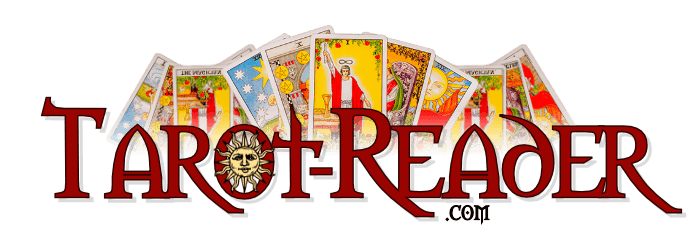Different Types of Tarot Card Decks: Most Commonly Used Tarot Decks and Their Variations
There are hundreds, if not thousands, of variations of the modern tarot card decks. From its Renaissance origins as playing cards to its modern-day, mass-produced availability to appeal to every aesthetic or mood, each deck is unique. However, there are some general categories for decks. You can speak to 100 readers and get 100 different answers as to which tarot decks they like to use. From traditional Rider-Waite cards, to Oracle cards, to pagan cards, the possibilities may seem endless. For the person getting the reading, the most important thing is that your reader connects to their cards.
However, there may come a time where you sit down with your tarot reader and see a deck that looks strange to you. Or, you may simply be curious as to what type of deck they use and why. If so, learn about the categories of decks a reader has available.
Common Tarot Decks
Sola Busca Tarot: This is the earliest known published tarot deck, published around 1491 in Northern Italy, most likely Milan. The 22 trump cards, or major arcana, were ornately designed, while the minor arcana, or remaining 56 cards, were simpler in design, though designed nonetheless. The original entire deck is still owned by the Sola Busca family, though pictures can be seen online and at the British Museum. It’s unknown whether this deck was used for divination or not. However, the wheels of the universe were turning, as the symbolism in this deck inspired occultists centuries later. While it’s possible to do a tarot reading with reproductions of this deck, it’s a rare thing to find a reader who uses this one, especially since it wasn’t designed with divination in mind.
Rider-Waite and Rider-Waite Inspired Tarot: This is the most emblematic of tarot cards, and the one that most people recognize as tarot. These cards were drawn according to the specifications occultist and mystic A.E. Rider gave it to the illustrator, Gold Dawn member Pamela Coleman Smith. Rider meticulously described the symbolism for all 78 cards, including the major and minor arcanas. It was inspired by the Sola-Busca deck. In fact, some of the cards in the Ride-Waite Tarot, like the Three of Swords and the Ten of Wands, are a near-exact replica.
Most modern tarot decks are a revision of the Ride-Waite Tarot deck, with both similar graphics and interpretations as Rider-Waite tarot. There are hundreds of creative variations of the deck. Readers use whichever decks they connect with best. Some popular versions include The Deviant Moon, The Wild Unknown, the Wild Wood tarot, and the Thoth tarot. Since the ultimate purpose of the tarot deck is to interpret and intuit the messages symbolized in the pictures on the cards, it’s most important that the artwork resonates with the reader.
Since most tarot readers learn the symbolism of the tarot through the Rider-Waite deck, all decks that follow in this path generally contain cards that reflect the same meaning and general symbolism of the Rider-Waite deck. For example, a Magician card will mean the same thing throughout every deck, even if the illustration is different.
Oracle Decks: Like tarot decks, oracle decks tap into the wisdom of the universe to convey divine messages. Oracle decks are specifically used to contact angels or other spiritual beings. The reader concentrates on the question and chooses cards under the guidance of the angel or spiritual being. These decks may be smaller than the traditional tarot and do not have a major or minor arcana. The ones most commonly available contain about 44 cards of depictions of angels, goddesses, or spiritual creatures that represent an archetype or virtue. The reader interprets the past, present, future, or nature of the problem depending on the archetype or virtue of the figure on the card.
An oracle deck may be used in the same manner as a tarot deck, though they are also used as a way to connect with specific spirits or archetypal energies for wisdom and guidance. Those who use oracle cards may also rely on their psychic abilities to interpret the messages they receive. Thus, the tarot deck may be used as a supplement to medium work or spiritualism.
Druid/Pagan/Hermetic Decks: Practitioners of specific occult paths may use a tarot deck designed for their occult or religious path. These cards contain imagery that is sacred to these paths or particularly resonate with these practitioners. Generally speaking, pagans can work with any deck they choose, and most likely will work with whatever deck resonates with them the most.
There are pagan decks that resonate with every flavor and color of paganism, from Wicca to Heathenry to Druidry. Druid tarot contains specific Celtic and Earth-based themes that resonate with Druidism. The Hermetic Tarot is designed with imagery from the order of the Golden Dawn. It also works as a teaching device to help the reader further understand alchemical symbolism. For some pagans, tarot readings are part of their magickal path, and may do these for themselves on a regular basis, before casting spells, or as part of holiday rituals. Wiccans may use decks that have imagery close to their particular beliefs or practices. They may use a goddess tarot, fairy, or other tarot cards that resonate with their particular religious practices.
